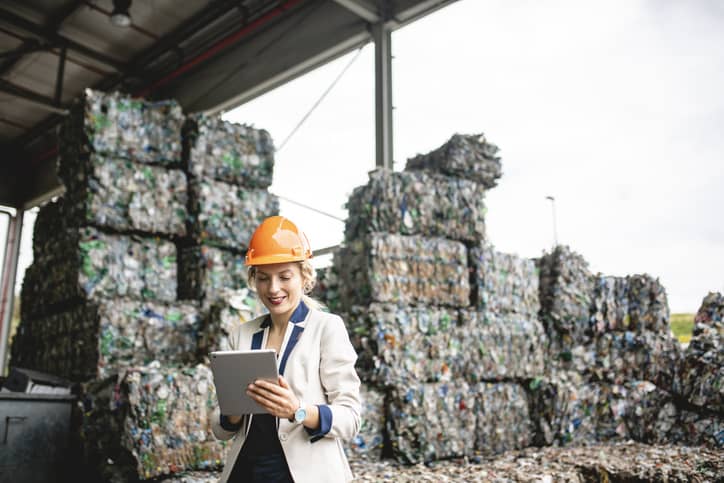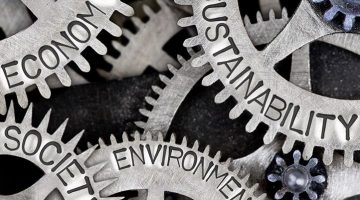Kaizen is central to Lean Six Sigma. Most people associate Kaizen with Kaizen Events, which typically involves a two-day to five-day workshop that allow teams to completely focus on identifying problems within a specific part of an operation and then rapidly developing solutions.
The word “Kaizen” is taken from the Japanese for improvement, change for the better or continuous improvement. The idea behind Kaizen is to develop a culture where everyone in the workplace contributes to continuous process improvement.
The Environmental Protection Agency considers Kaizen a key component in the department’s efforts to convince businesses and industry to take a more environmentally sustainable approach to their operations. On its website, the EPA calls Kaizen “a powerful tool for uncovering hidden wastes or waste-generating activities and eliminating them.”
The agency sees more opportunity in this area as more business leaders realize that environmentally sustainable plans can also lead to better profit margins.
Putting Lean Into Practice on Environmental Issues
In a Guide to Lean and Six Sigma, the EPA wrote: “A growing number of environmental professionals see an exciting opportunity to leverage this trend to achieve better environmental results more quickly.”
The EPA points to examples where companies have realized bottom line gains through better environmental sustainability – all achieved with Lean.
Baxter Healthcare used value stream mapping to evaluate one facility’s water use, an effort that ended with saving 170,000 gallons of water a day and $17,000 in the first three months. This only required Lean Six Sigma, not a huge capital investment.
In another example, the Canyon Creek Cabinet Company saved $1.2 million a year by reducing volatile organic compound emissions, decreasing hazardous waste by more than 84,00 pounds per year.
Two Tools for Environmental Projects
The EPA identifies value stream mapping and the Five Whys as two promising Lean tools that businesses can employ to make a difference in departmental operations and environment programs.
The Five Whys offer a method of finding the root cause of waste and errors in a process by asking five “why” questions in a row. Each question provides an answer that is more reductive, eventually leading to the source of a problem.
Value stream mapping offers a fresh way to evaluate processes, providing a system to create a flowchart that includes all the steps, activities, material flow and communication in a process. These processes can range from administrative processes to transforming raw materials into finished products. Each step is analyzed to find what adds value to a process and what does not. Non-value adding steps are eliminated.
EPA leaders think there is value in leveraging such techniques to improve projects that deal with physical waste and environmental impacts and improve environmental management in the commercial and industrial sectors.
The EPA guide lists areas where Kaizen and Lean techniques can apply.
- Supporting creation of more efficient systems that minimize waste, prevent pollution, and move towards more environmentally sustainable processes and products.
- Creation of environmental management systems that institutionalize environmental management activities as well as promote continuous process improvement
- Improving the bottom line for many businesses by using proactive environmental management can have on bottom line performance.
- The use of Lean methods fits into the trend in business to experiment with “paths to sustainability” that incorporate corporate social responsibility and “triple bottom line” thinking
Upper Management Attention is Key
The EPA guide points to studies that have found many promising ideas, including those involving environmental sustainability, end up never getting off the ground because of the “internal competition for capital and management time and attention.”
In short, projects not seen to directly impact the bottom line don’t get the attention from management they deserve. The guide suggests that Lean tools and techniques, which can both make operations more efficient, less wasteful and more profitable, could provide needed motivation.
“It is in this context that Lean manufacturing and Six Sigma have emerged as powerful vehicles for delivering environmental results,” the guide notes, adding that initial results from using Lean Six Sigma business improvement methods to advance environmental goals “are promising.”



